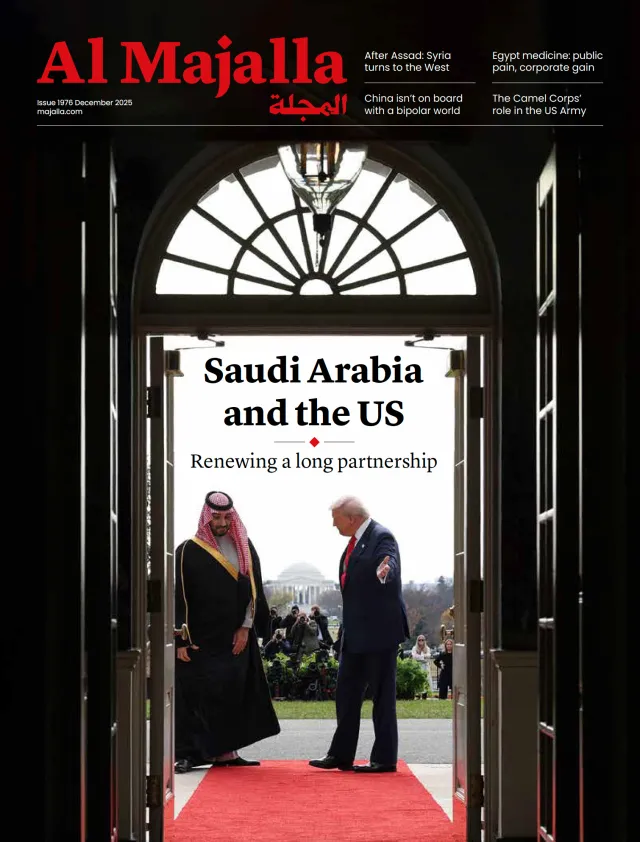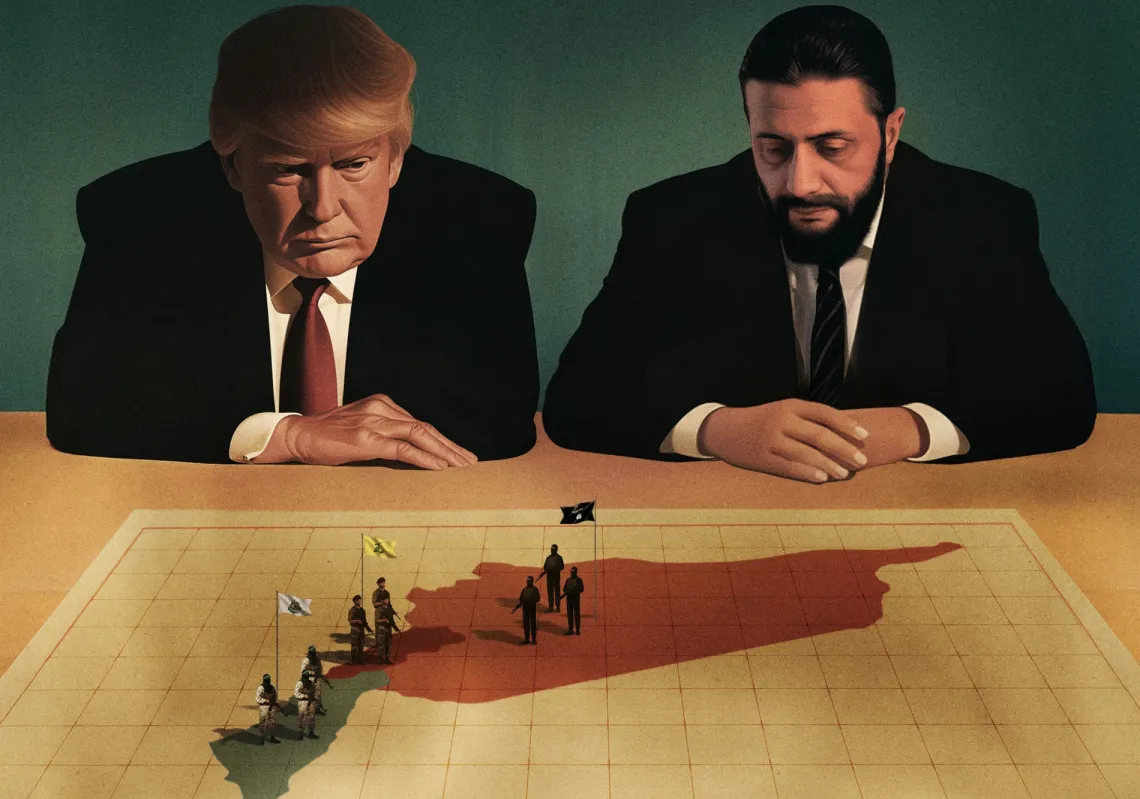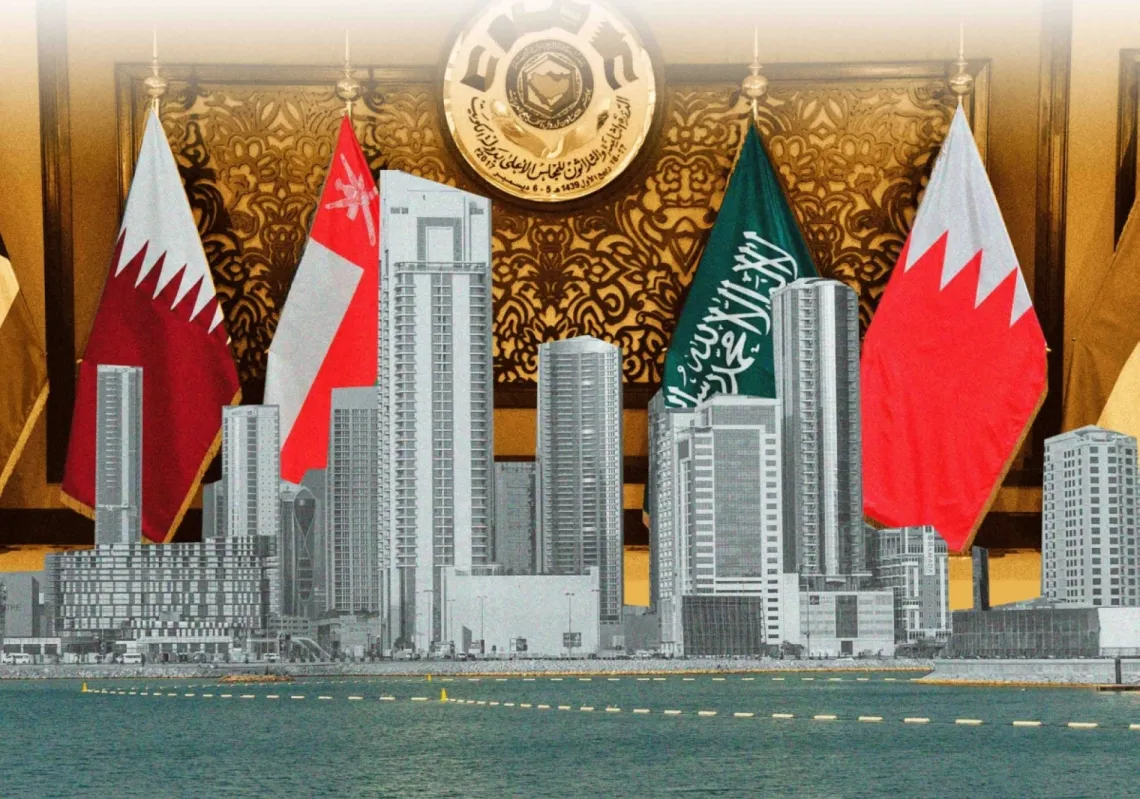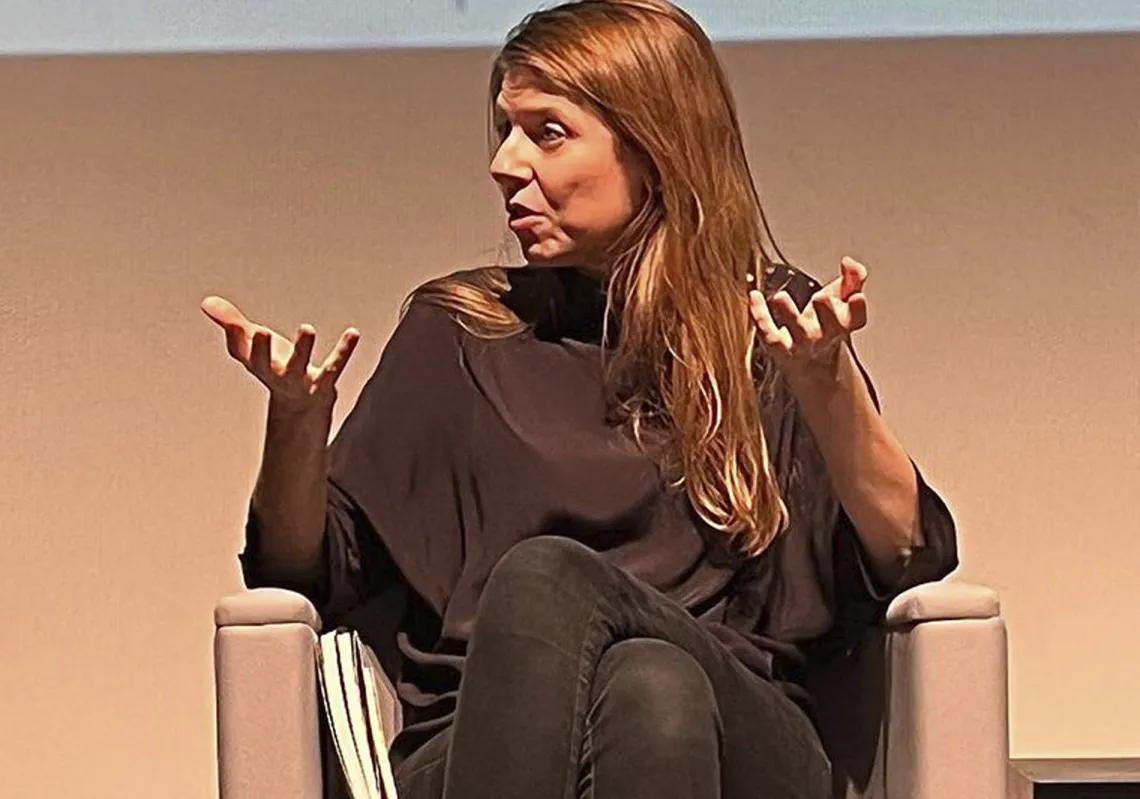US President Donald Trump is due to visit Saudi Arabia on 13 May, marking a significant moment in the historic partnership between the two countries. He will meet with Saudi Arabia’s Crown Prince Mohammed bin Salman on his first official foreign trip during his second term.
The president is expected to seek significant economic deals and to sound out one of the United States’ major allies for ways to navigate geopolitical tension with Iran and China. A Saudi pledge to invest $600bn into the US economy over the next four years has already been made, while the president has said he will seek to boost the total to $1tn.
Naji Abi Aad, an energy expert and former consultant at the Organisation of Petroleum Exporting Countries (OPEC), based in Vienna, outlined what both sides were looking for: “Trump wants affordable oil and massive investments in the US economy, including defence contracts. And Saudi Arabia wants access to US civilian and military technology, artificial intelligence and nuclear power generation capability, as part of its plan to diversify its economy away from oil.”
High-powered delegation
A high-powered US delegation is expected to be in the Kingdom to attend a Saudi-US Investment Forum. According to reports carried by the Bloomberg financial news service, the lineup features some of the biggest names from Wall Street. It includes Larry Fink, the chief executive of BlackRock and Jane Fraser, his counterpart at Citigroup, alongside Jenny Johnson, the chief executive of Franklin Templeton Investments. There are also top executives from the technology sector.
Ruth Porat, the president and chief investment officer of Alphabet, the parent company of Google, is on the list. So is Arvind Krishna, the chief executive of computing giant IBM. They will be joined by Cristiano Amon, who leads Qualcomm, the semiconductor multinational.
Washington’s effort to attract such significant inward investment comes as it seeks to re-industrialise its economy. The fundraising is part of a broader regional strategy. Trump will head off to Qatar and the United Arab Emirates on a tour of Gulf nations, with combined assets exceeding $ 2.5tn.

Defence and energy cooperation
But besides investments and tech deals, another major area of interest will be defence. “The expectation is that arms sales will be a big piece of the trip,’’ said Bill Farren-Price, senior research fellow at the Oxford Institute for Energy Studies.
Ahead of the visit, the US State Department confirmed approval for selling weapons worth an estimated $3.5bn to Saudi Arabia, describing the Kingdom as “a partner country that contributes to political stability and economic progress in the Gulf Region.”
And Chris Wright, the US energy secretary, said in April during a visit to Riyadh that the two countries will sign a preliminary agreement to cooperate over the Kingdom’s ambitions to develop a civil nuclear industry.
Saudi Arabia’s Vision 2030 reforms aim to reduce carbon emissions by increasing its use of renewable energy and moving toward nuclear power generation as the economy reduces its dependence on oil revenue. Nonetheless, the current policy in Washington on fossil fuels is more aligned with the traditional Saudi economic strengths. And that sets the stage for a fresh partnership between the countries.
Trump reversed the regulations adopted by the previous administration, which were designed to curtail the use of fossil fuels to curb carbon emissions responsible for climate change. Instead, the new White House favours what it calls “energy dominance” and the need to create jobs. It eased restrictions on oil and gas drilling, in effect, an approach more favourable to the continued use of fossil fuels.
That is seen as a long-term win for Saudi Arabia and its partners in the OPEC+ bloc of oil-exporting nations, even amid downward pressure on crude prices in the immediate term. OPEC+ agreed to increase supply in May and June, effectively keeping oil prices in check around their lowest level in four years. And the pledge comes as global energy demand growth is expected to slow due to the trade flow disruptions caused by Trump’s use of tariffs on imports of goods into the world’s biggest economy.
















